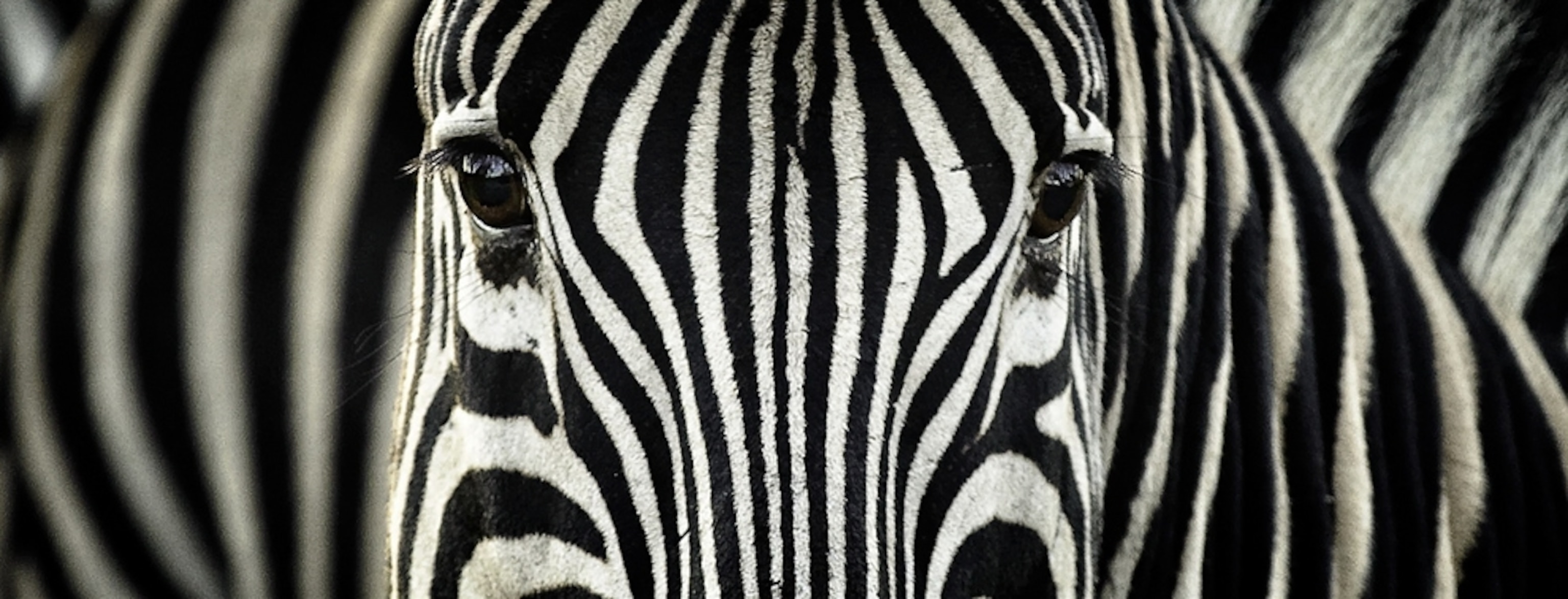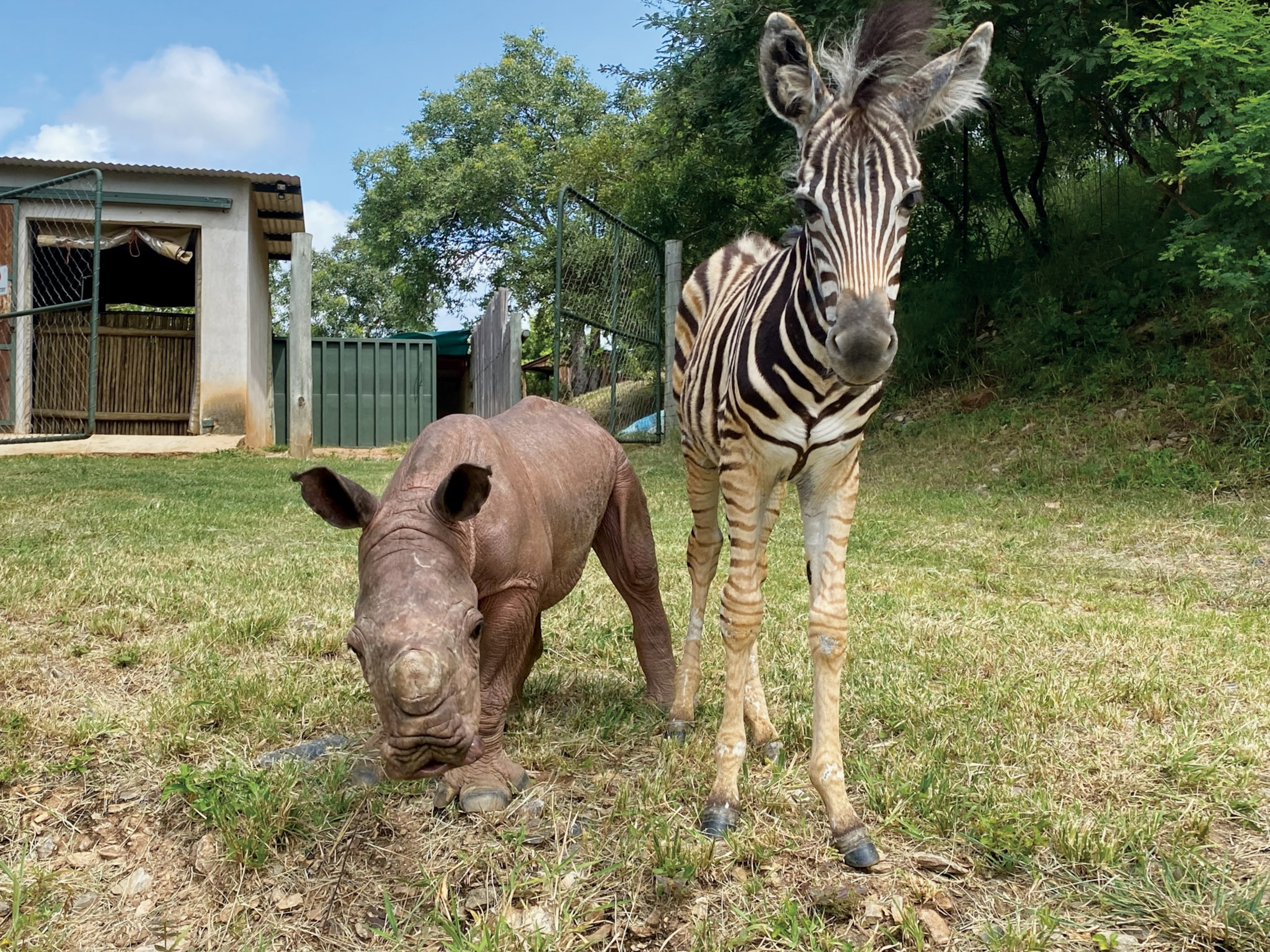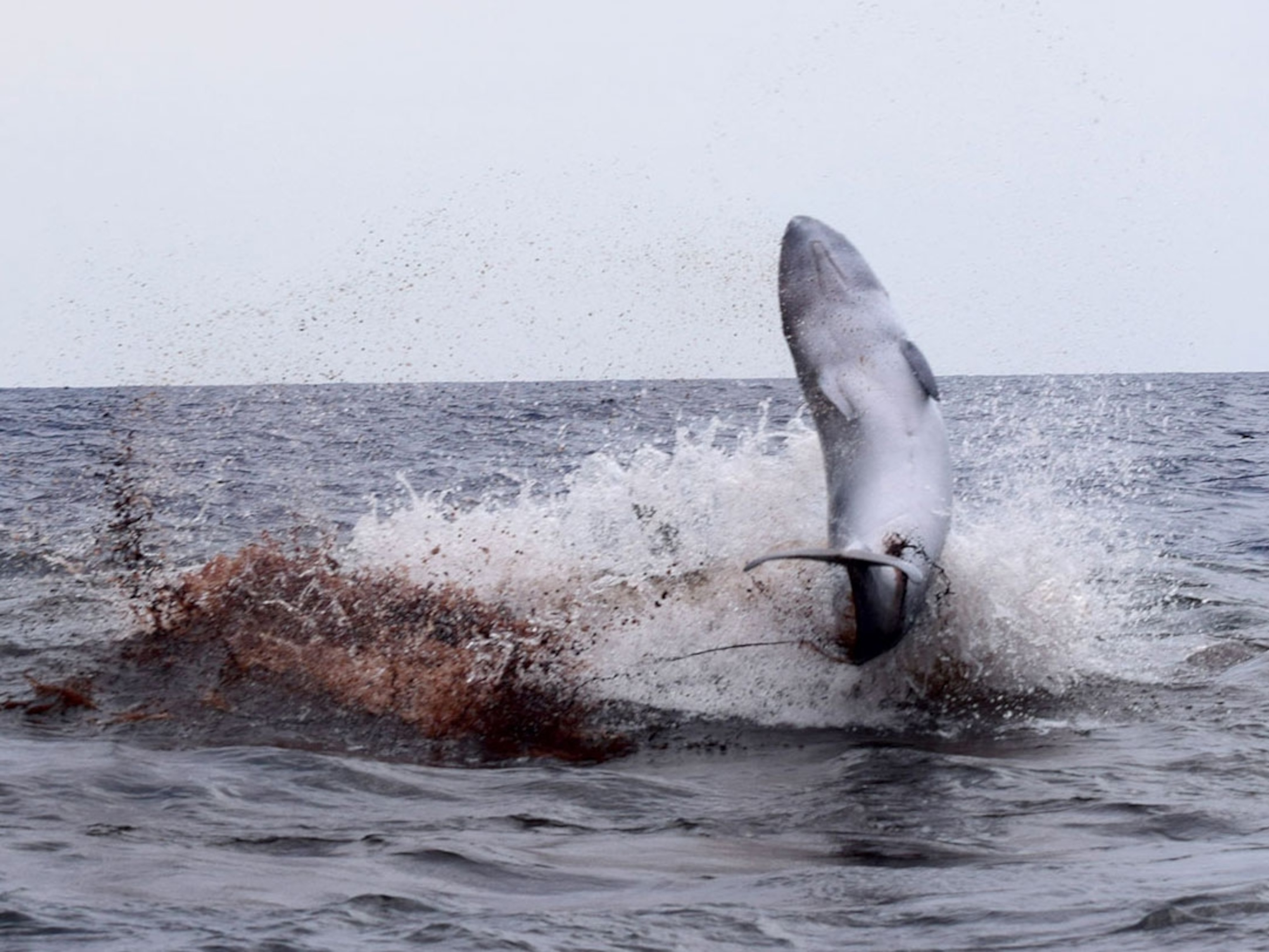
Zebra Stripes Evolved to Repel Bloodsuckers?
To scientists' surprise, pattern optimally scrambles horsefly vision.
Conventional wisdom says a zebra's black-and-white stripes camouflage the animal in tall grass—the better to evade the colorblind lion. But a new study says the pattern scrambles the vision of a tinier biter: the bloodsucking horsefly.
Horseflies, the females of which feed on blood, are attracted to polarized light—light waves that are oriented in a particular direction and that we experience as glare. This glare lures the bugs most likely because it resembles light reflected off water, where they lay their eggs.
On horses, black fur reflects polarized light better than brown or white, as evolutionary ecologist Susanne Åkesson and colleagues found in a previous study.
The researchers therefore assumed that zebra coats, with their mixtures of light and dark stripes, would be less attractive to flies than those of black horses but more than those of white horses.
But after experiments in which they team measured the number of horseflies that became trapped on gluey, striped boards or models of horses, the team found that zebra stripes are the best fly repellent—and the narrower the stripes the better.
The results may help explain why zebras' skinniest stripes are on their faces and legs. "That's also the place where you have the thinnest skin," said Åkesson, of Sweden's Lunds University.
But why would striped skin be more effective than white, which has the lowest refectivity of polarized light?
The black-and-white pattern, Åkesson said, turns out to be "ideal in its function of disrupting this signal of reflected polarized light."
Because the coat reflects light in alternately polarized and nonpolarized patterns, the zebra "is more difficult to single out relative to the surroundings." It is, in effect, camouflaged to flies as well as to big cats.
(Download zebra-stripes desktop wallpaper.)
Why Don't Horses Have Zebra Stripes?
Åkesson and her colleagues noted that the test was performed in Hungary, not the African savanna, and on models of zebras instead of the real thing—and so the finding may not be the final word on the root of zebra raiment.
A real zebra's breath or heat, for example, could serve as a second attractor that would override the zebra's coat defenses, she cautioned.
(Also see "Hordes of Zebras, Elephants Moved to Restock Kenya Park.")
Assuming, though, that stripes truly are Kryptonite to horseflies, why don't horses—close evolutionary relatives to zebras—sport the pattern too?
Åkesson thinks the answer may be in the fact that there are more horseflies, and more horsefly species, in Africa compared to more temperate regions. Zebras would have been under more pressure to evolve a deterrent.
Also, she said, modern horses may have had their natural bug repellant bred out of them by humans. "We have maybe created coat patterns that we like but maybe not what would have been favored in nature," she said.
Sorry, Black Beauty.
The zebra-stripes study was published in the March edition of the Journal of Experimental Biology.





